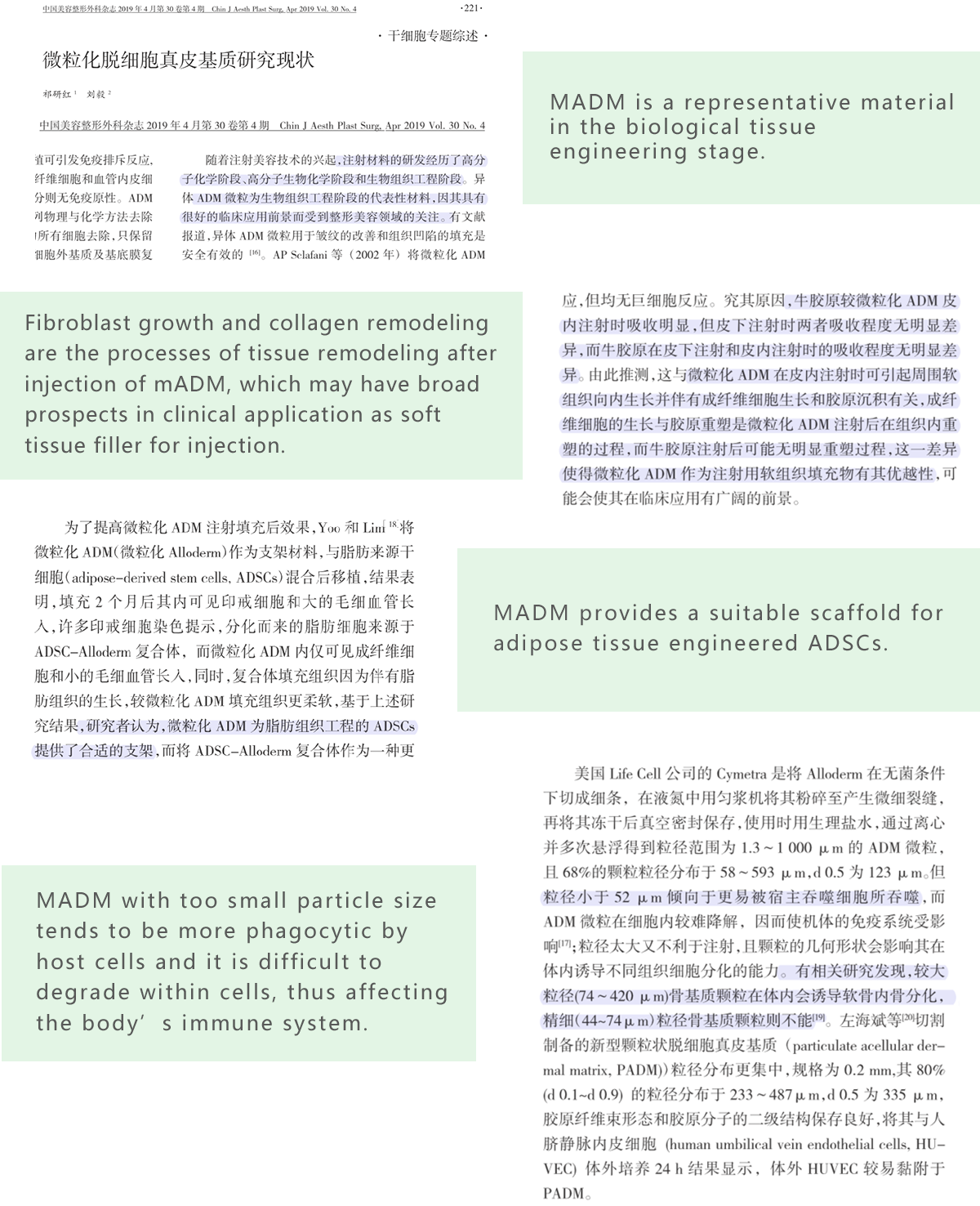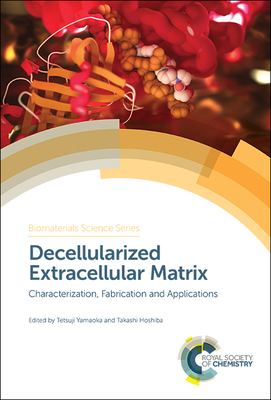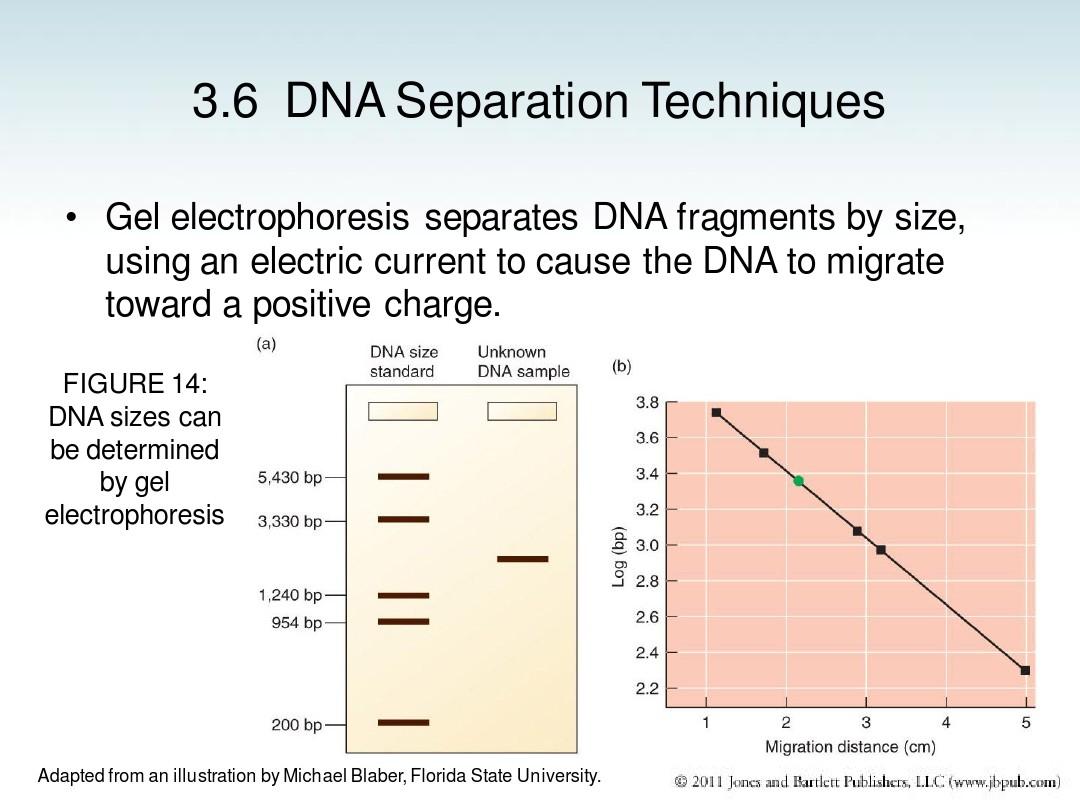Title: Acellular Dermal Matrix: Its Applications and Future in Biomedical Fields
Acellular dermal matrix (ADM) is a biomaterial that has shown significant potential in various biomedical fields. ADM is derived from the dermis layer of the skin, which is the layer that provides structural support and protection to the body. By removing the cellular components of the dermis, we are left with a matrix that consists of collagen, elastin, and other proteins that are crucial for maintaining skin health and elasticity.One of the most notable applications of ADM is in the field of wound healing. When skin is damaged, ADM can be used as a temporary matrix to provide structural support and promote the growth of new skin cells. This process can be accelerated by the application of growth factors or cytokines to the wound site, which are naturally occurring proteins that help to regulate cell growth and differentiation.Another potential application of ADM is in the field of tissue engineering. By combining ADM with other biomaterials or cells, it is possible to create new tissues or organs that can be used to replace or augment those that are damaged or missing due to disease or trauma. This approach has been investigated for a number of different tissues, including bone, muscle, and nerve.The future of ADM in biomedical fields looks promising. With continued research and development, it is likely that ADM will continue to play a role in various medical treatments and procedures. However, it is important to note that ADM is not without its challenges. One major concern is the potential for immune reactions or infections to occur when using ADM, which can limit its clinical applications. Additionally, the cost of producing ADM on a large scale remains a significant barrier to its widespread use. Despite these challenges, however, the benefits of ADM in biomedical fields are significant enough to justify further investigation and development.
Abstract:

Acellular dermal matrix (ADM) is a processed tissue product derived from the skin of animals, primarily pigs, and is widely used in the biomedical field. ADM is composed of collagen, elastin, and other essential components of the skin, making it an ideal material for various applications such as dermabrasion, wound healing, and tissue engineering. In this paper, we will explore the current applications of ADM in the biomedical field and its potential future in the industry.
I. Introduction
ADM is a processed tissue product that has been extensively studied and used in the biomedical field for many years. It is derived from the skin of pigs and is composed of collagen, elastin, and other essential components of the skin. ADM has numerous applications in the medical field, including dermabrasion, wound healing, and tissue engineering. The use of ADM in these fields has significantly advanced medical science and has led to the development of new and innovative treatments for various skin conditions.
II. Current Applications of ADM in the Biomedical Field

1、Dermabrasion: ADM is commonly used in dermabrasion procedures to improve the texture and appearance of the skin. It is applied to the surface of the skin and then abraded to remove the outer layer of skin, revealing smoother and more evenly pigmented skin underneath.
2、Wound Healing: ADM has also been extensively studied in the context of wound healing. It is applied to wounds to promote healing and reduce scarring. The collagen and elastin in ADM help to strengthen the skin and improve its elasticity, allowing wounds to heal more effectively.
3、Tissue Engineering: ADM has also found its place in tissue engineering, where it is used to create new tissues that can be transplanted into patients to replace damaged or missing tissues. This application of ADM has enormous potential in the treatment of various diseases and injuries.
III. The Future of ADM in the Biomedical Field

The future of ADM in the biomedical field looks promising. With the continued advancements in medical technology and tissue engineering, ADM could play a even more significant role in the treatment of various skin conditions and injuries. Future applications of ADM could include personalized tissue transplantation, where patient-specific tissues are created using their own ADM, or novel drug delivery systems that use ADM as a carrier to deliver drugs directly to target tissues. These applications could revolutionize the way we treat diseases and injuries, offering patients more effective and personalized treatment options.
IV. Conclusion
In conclusion, ADM is a versatile and important material in the biomedical field with numerous applications and potential future uses. Its role in dermabrasion, wound healing, and tissue engineering has significantly advanced medical science and technology. Looking forward, ADM could continue to play a significant role in innovative medical treatments and technologies, offering patients hope for a better future.
Articles related to the knowledge points of this article:
Can Down Jackets Be Washed in a Machine?
The Exploding Popularity of Down Jackets
Title: Mastering the Art of Tie Color Coding: A Comprehensive Guide
How to Tie a Tie Perfectly: A Comprehensive Guide for the Modern Male
Title: Understanding the Cost of a Authentic CK Tie
Title: Top 10 Silk Scarf Brands in the Market - A Comprehensive Review



